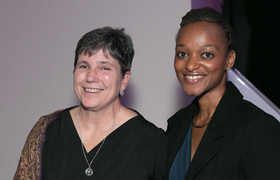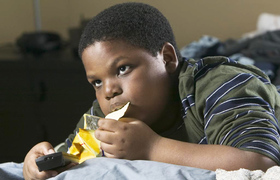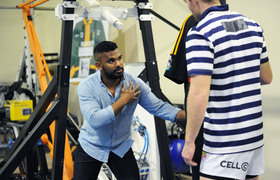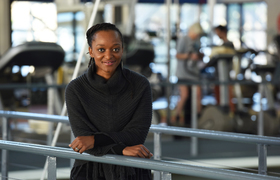Cracking the world marathon barrier
29 August 2017 | Story Helen Swingler.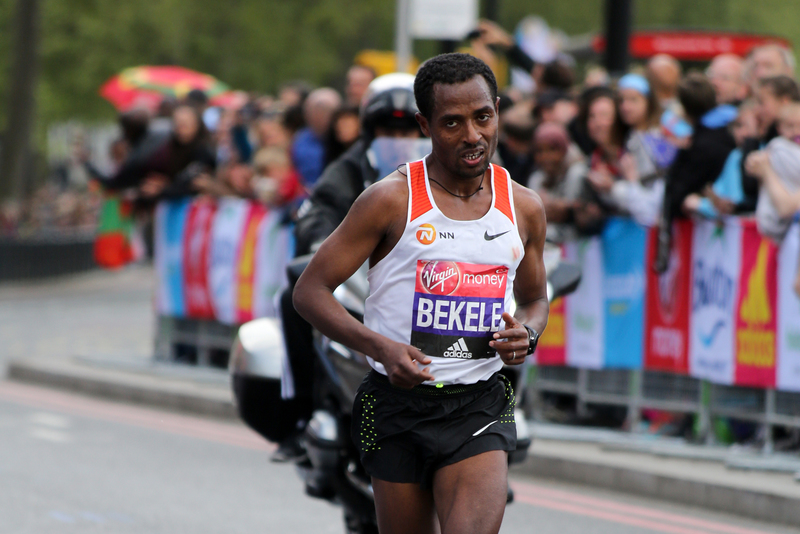
A UCT sports scientist is a member of the international Sub2hr marathon project to crack the elusive two-hour barrier − without drugs. The project, which is the brainchild of Professor Yannis Pitsiladis (University of Brighton), harnesses the best of sports science and an elite team of athletes.
The Sub2hr Marathon Project in Africa was launched on 22 August and will be hosted by UCT’s Division of Exercise Science and Sports Medicine (ESSM) at the Sports Science Institute of South Africa (SSISA). ESSM’s Professor Andrew Bosch is Pitsiladis’s co-leader on the project.
The original Sub2hr project was launched in 2015, partly for the challenge of achieving what many believe to be impossible, partly as a test bed of sports medicine and sports science, and also to address the problem of doping among top athletes, said Bosch. Pitsiladis wanted to show that by applying rigorous sports science and medicine, top runners could break records without drugs.
“What we have here is an opportunity to put a concerted effort into using sports science and sports medicine to break the marathon record, making sure that all the athletes are tested regularly, and ensuring that it’s a ‘clean’ record’,” said Bosch.
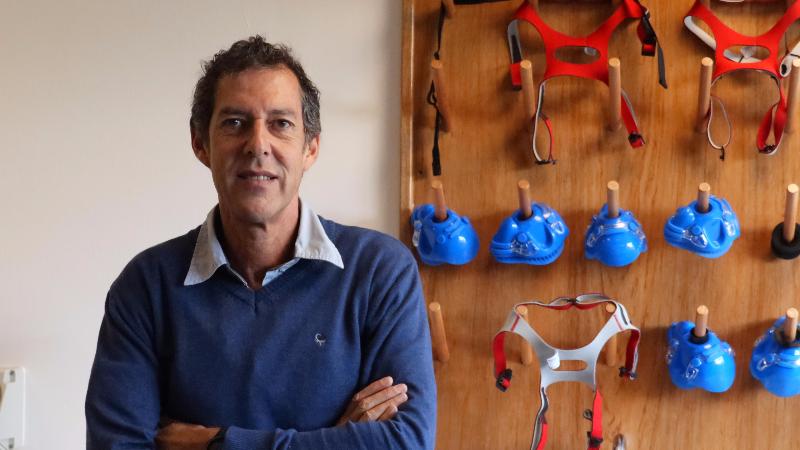
To showcase this, the Sub2hr team of approximately five elite, drug-free athletes, which includes multiple world-record-holder Ethiopian Kenenisa Bekele, will be attacking the current world marathon record and, ultimately, the two-hour barrier at various marathon events. They’ve also enlisted support from high-end nutrition, shoe and tech companies. Several new products in sports nutrition and telemedicine have already emerged as a result.
One example is Maurten, a Swedish start-up which is tackling glycogen depletion in endurance athletes with a new drink. The drink converts to a hydrogel, based on the acidity (pH) of the stomach.
“The hydrogel enables a more concentrated carbohydrate drink to be consumed while running,” said Bosch. “Bekele is one of the first ... to use the drink in training and the results are very encouraging.”
Ready, set, go
The project is divided into three phases. The first phase is recruiting the athletes and securing the finances that will underpin phase two. This is to break the current world record and the two-hour barrier by applying physiology, sports medicine, sports nutrition, biomechanics, training science and sports psychology in a focused way to a cohort of the top runners. The final phase is about legacy: centres of excellence will be established to assist and groom promising young athletes. The first of these centres will be hosted in Ethiopia.
The campaign has excited the public imagination. Many recall the inspirational story of Roger Bannister cracking the four-minute mile at the Iffley Road track at Oxford on a gloomy day in 1954. Pundits believed it couldn’t be done. It was a breakthrough.
“Running sub-two hours is to the marathon what sub-four minutes was to the mile 63 years ago.”
“Running sub-two hours is to the marathon what sub-four minutes was to the mile 63 years ago,” said Bosch.
It’s expected that an East African – a Kenyan or an Ethiopian runner – will crack the marathon record.
They’ve already had some success with Bekele. After just a few months on the programme, he produced his best marathon time, missing the world record by six seconds.
“It showed that we’ve got the right ideas,” said Bosch.
However, the Sub2 team is not the only one in the race.
The Nike Breaking2 campaign (a later rival) saw Olympic marathon champion Eliud Kipchoge almost clip the two-hour mark earlier this year. Running at the Monza F1 track at Milan exactly 63 years after Bannister’s feat, Kipchoge was just 25 seconds short.
Although it was the fastest time on record, it was unofficial – the race did not meet International Association of Athletics Federations (IAAF) regulations.
“It didn’t come off, but it did come close enough to shut up the naysayers who said it wasn’t possible in our lifetime.”
Clean pair of heels
However, it’s the anti-drug angle, or the ‘clean’ win that’s key to the Sub2 campaign.
“We’re linking a drug research programme into this, which my PhD student Shaun Sutehall is working on,” said Bosch. Sutehall, who is co-supervised by Pitsiladis, is working with some of the athletes in Ethiopia.
The International Olympic Committee and the IAAF have already expressed interest in the project’s drug research component.
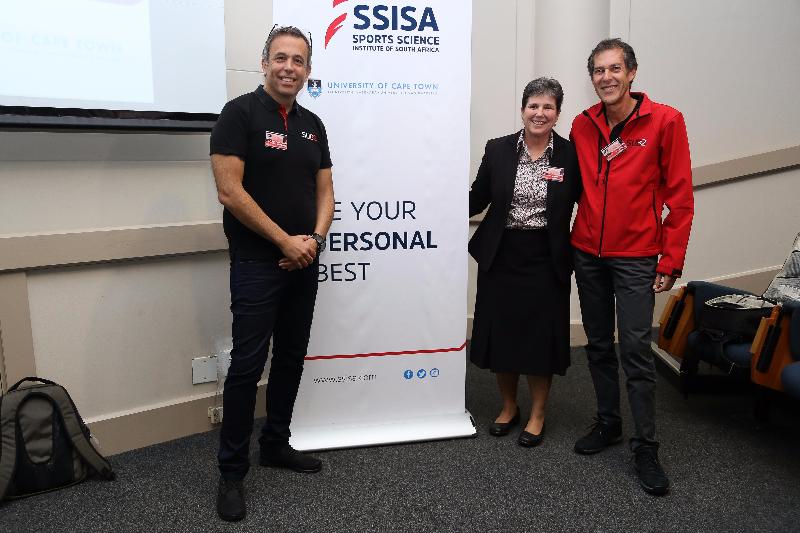
Co-leader of the Sub2 marathon project UCT’s Prof Andrew Bosch talks about the new nutritional product developed for the quest to break the two-hour marathon barrier.
It’s in the mind
Physiology and sports science aside, the group has not discounted the key ingredient of a winning strategy: the cognitive battle between emotion and winning.
“Physiology is what is. The mind is what might be,” UCT’s Emeritus Professor Tim Noakes said at the launch.
Noakes believes that the Nike attempt earlier this year failed because of the focus on physiological factors.
“You have to convince the brain that the sub-two-hour marathon is possible.”
Belief and support of that belief are essential, he adds. These are psychological factors that play into running at high speeds for extended periods. Bannister’s sub-four-minute mile record lasted just 46 days, broken by rival John Landy. It was more than the tape that Bannister broke; he’d shattered a perception. After that the field was open. Noakes believes that the same will happen with the sub-two-hour marathon.
Mental strength is a huge part of the strategy, said Bosch.
“But it’s also the little things that need to be taken care of.”
Clothing for example; wind tunnel tests show that loose, flapping gear can cost 30 seconds. They’ve also worked on a different race strategy: Their five runners will rotate the lead, to benefit from the effect of drafting, as happens in cycling. This is also worth 30 to 45 seconds, said Bosch.
“They’re all in it together,” said Bosch. “No matter who breaks the record, the spoils will be spread among the group, cancelling the individual runner’s fear of ‘blowing’ the race and losing prize money. The aim is to collaborate rather than just compete.”
Timelines are difficult to set. For now, their goal remains Kenyan Dennis Kimetto’s record 02:02:57 marathon. The Sub2 team’s next attempt will be the Berlin Marathon on 28 September, a fast, smooth run in cool temperatures in front of a large and enthusiastic crowd, which is one of the motivating factors that science can’t replicate.
A keen distance runner himself (he’s run 10 Comrades, with a top 20 placing, and posted a marathon time of 02:22 in the 1980s, winning the interprovincial champs), Bosch is keen to see their research model spread around.
There’s no reason it can’t be replicated for shorter distances and even other sporting disciplines. It should also benefit amateur runners he said – part of SSISA and ESSM’s campaign to use research programmes for the public good.
“This work doesn’t just apply to the super-duper athlete, but also to the guy wanting to run a sub-three-hour marathon, or the club runner wanting to run under four hours,” said Bosch. “Many of these runners are as dedicated and passionate about breaking their own barriers as the sub-two-hour elite athletes.”
 This work is licensed under a Creative Commons Attribution-NoDerivatives 4.0 International License.
This work is licensed under a Creative Commons Attribution-NoDerivatives 4.0 International License.
Please view the republishing articles page for more information.







